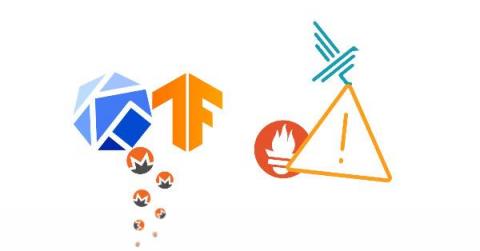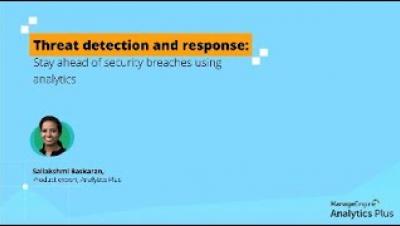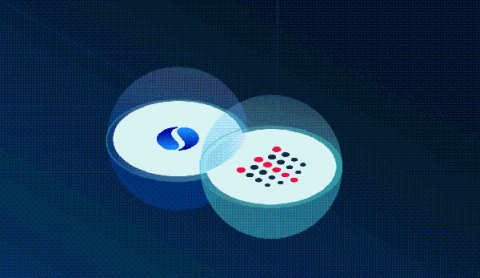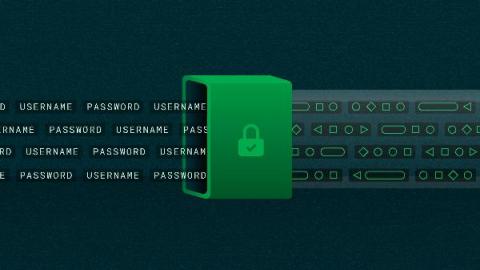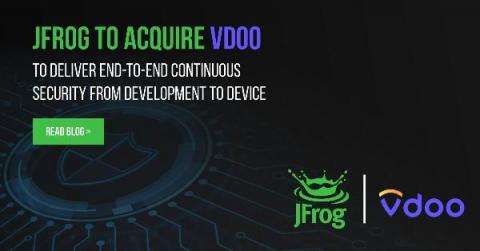Splunk Named Market Share Leader in ITOM and SIEM Reports
2020 was a challenging year for modern enterprises. In under a year, we experienced a decade's worth of transformation while a global pandemic raged on. And while the worst of COVID-19 will hopefully soon be behind us, the need to continuously transform our digital environment is unequivocally here to stay. We've already seen an example of this, thanks to a significant increase in data generated from across the business.





